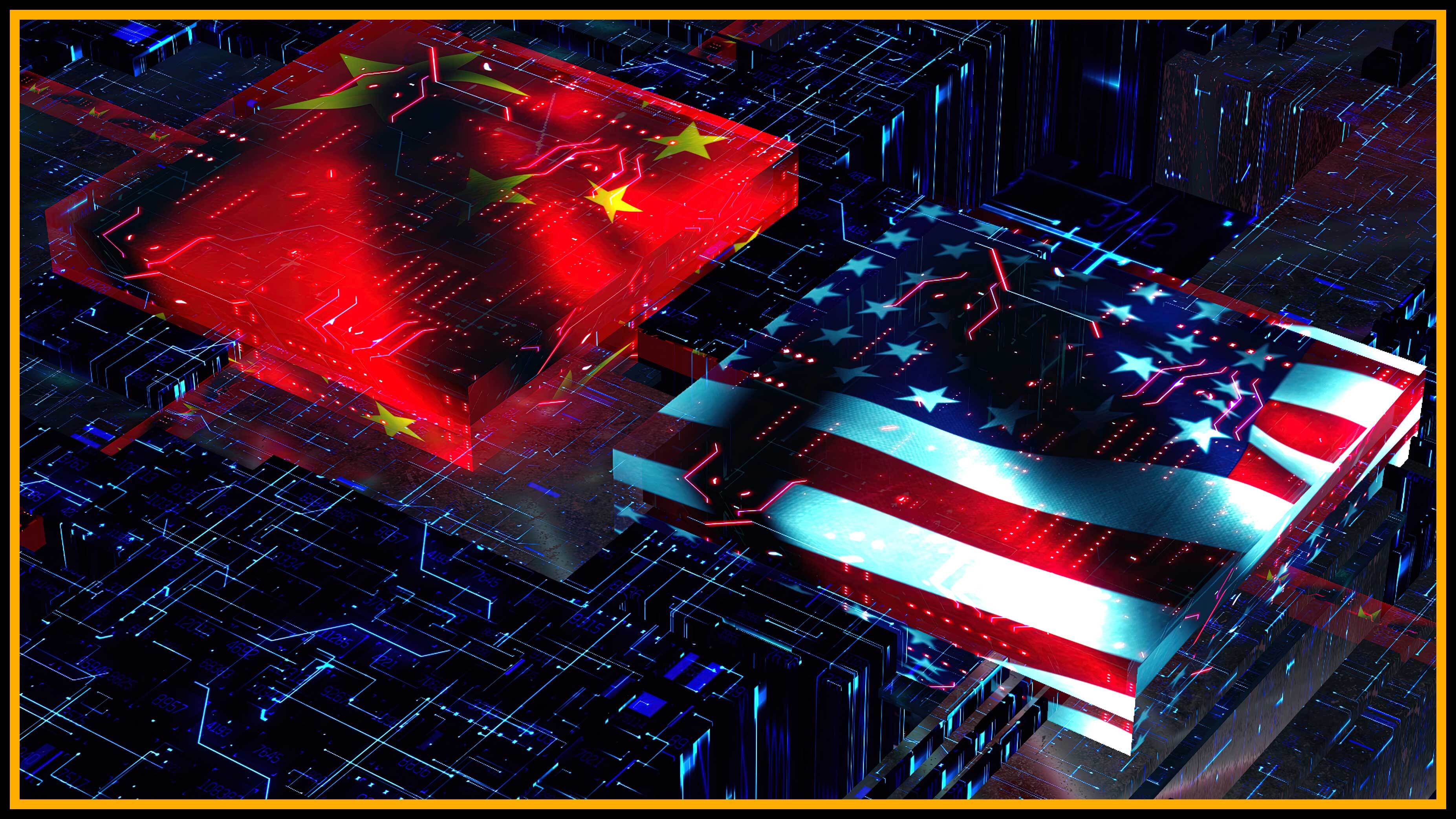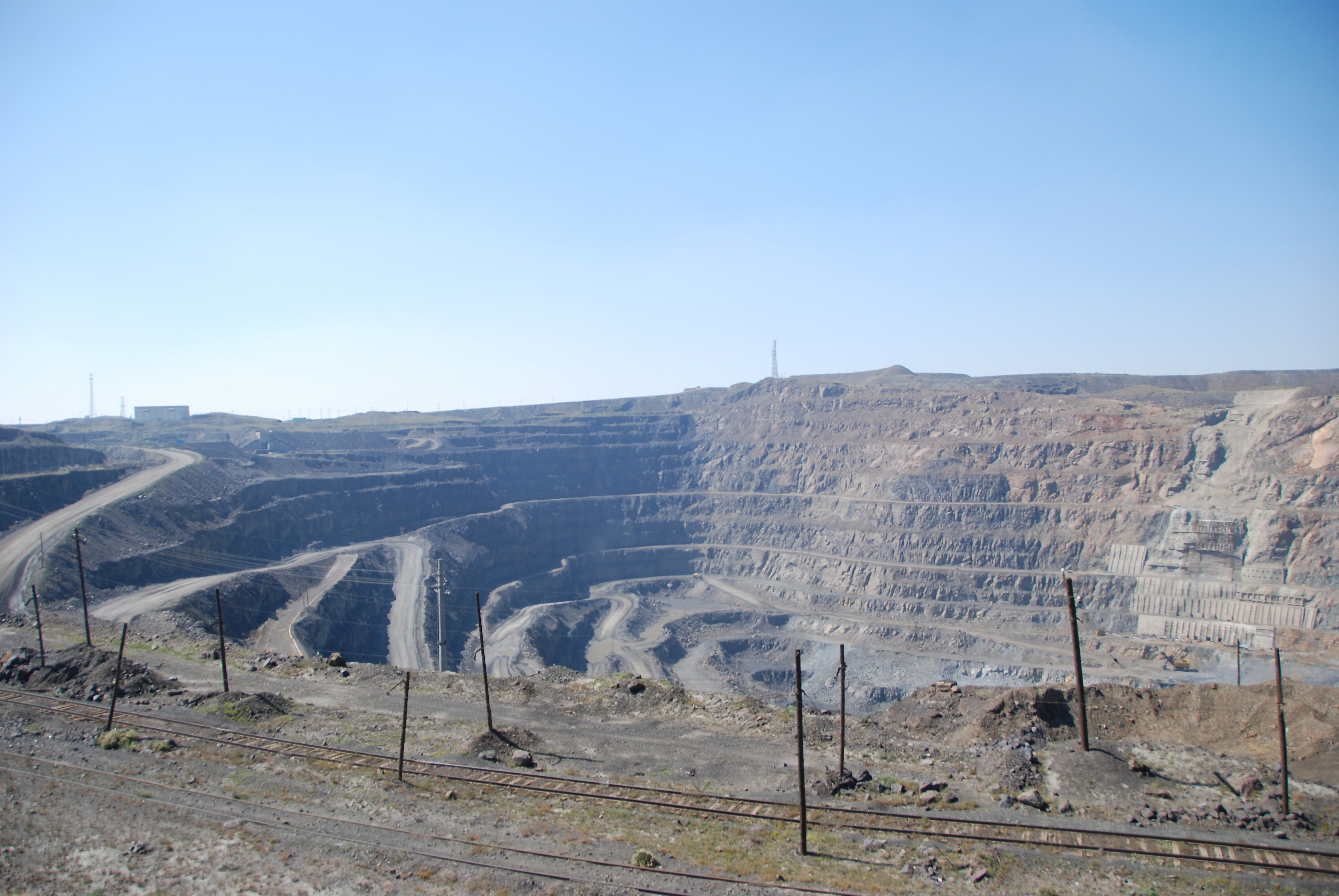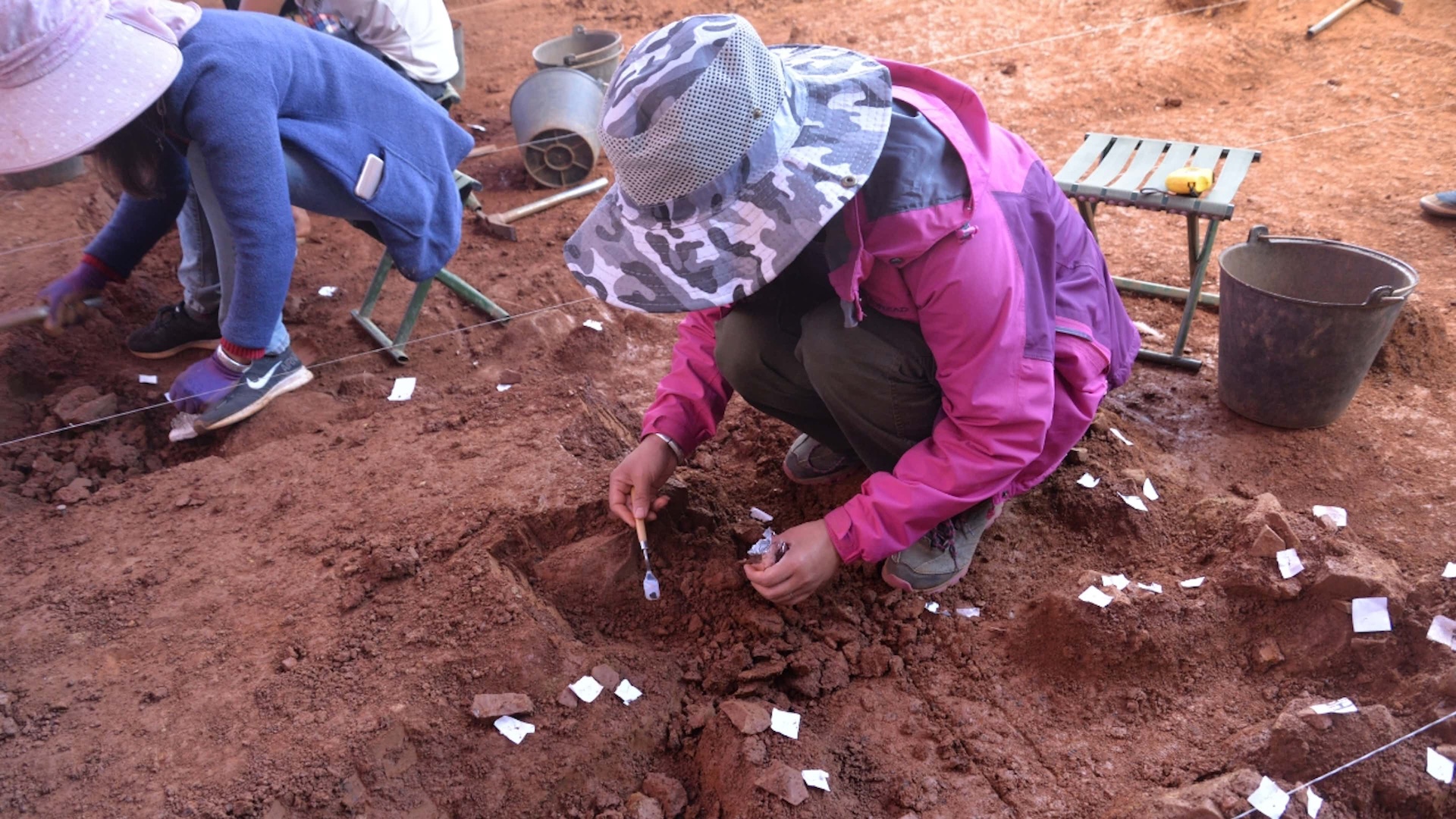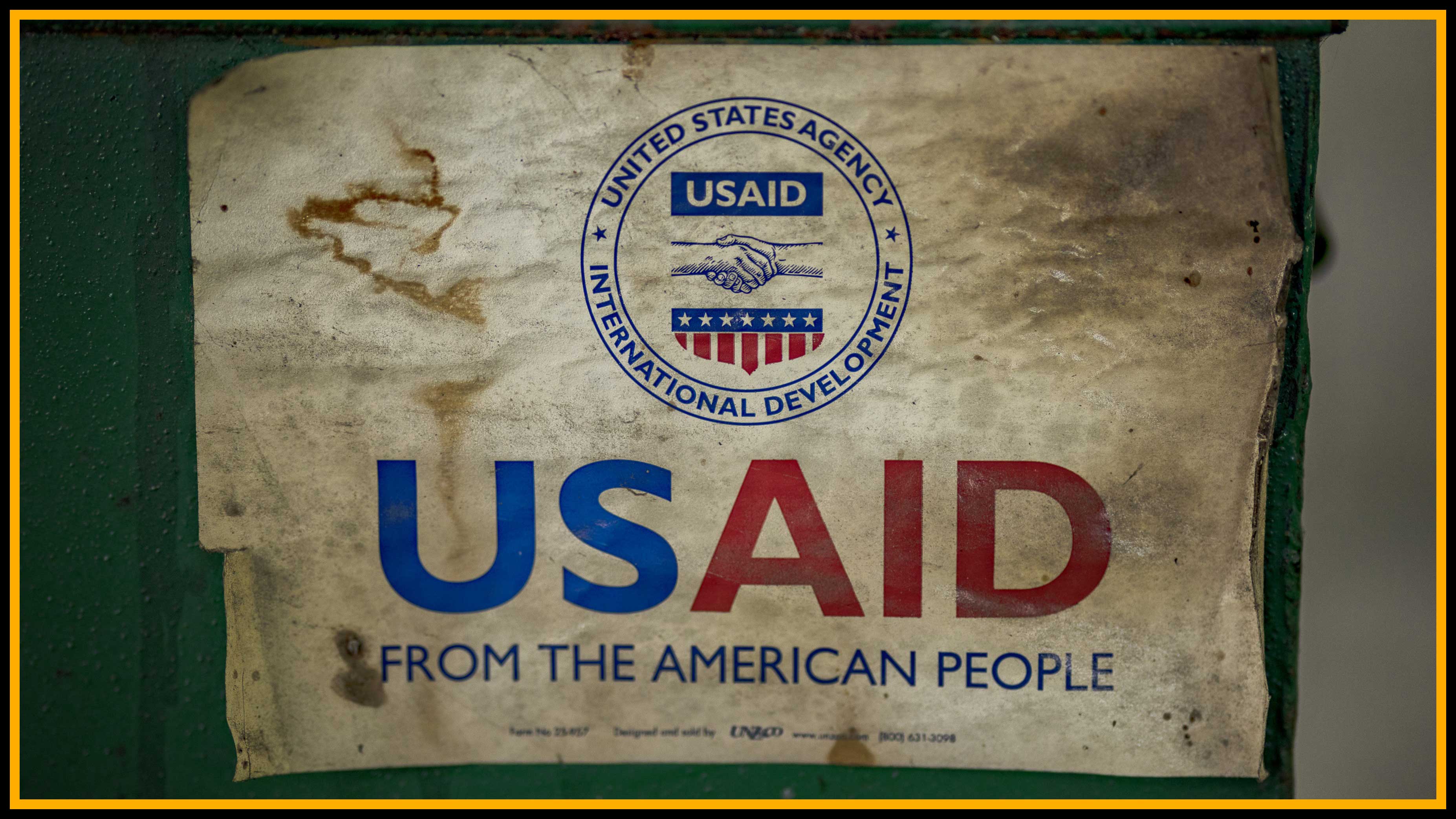The US is squandering the one resource it needs to win the AI race with China — human intelligence
The release of DeepSeek was a reminder that the U.S. is not the assured frontrunner of AI development. As the race between China and the U.S. intensifies, is America inadvertently giving it's biggest rival a huge leg up?

The recent release of DeepSeek sent shock waves through markets and acted as a Sputnik moment for the United States. After the news broke that China's artificial intelligence (AI) model achieved comparable or better results than Silicon Valley's best AI models, the U.S. suddenly faced a harsh reality: The country was not assured of being a forerunner in the AI race.
In response, the Trump administration is considering imposing even tighter export controls and banning the use of DeepSeek on government devices, while OpenAI has accused DeepSeek of inappropriately copying ChatGPT. The current policy approach seems to be intended to restrict China's ability to develop AI, but it could backfire.

The United States and China belong to fundamentally different paradigms of thinking, as is reflected in their formal and informal institutional structures. Generally speaking, the U.S. enshrines and guarantees individual freedom, while China venerates the collective.
These differences seem to disappear when it comes to business — but they point to different orientations.
Each way of thinking seeks dominance in the world. Americans have been trying to "export" democracy since the end of World War II, much to the chagrin of the Soviet Union, which tried to do the same with communism by expanding its own sphere of influence. After the fall of communism in the late 20th century, the world was briefly unipolar. There was only one superpower: the United States.
Now, that dominance is no longer taken for granted. China would like to usurp that position and thinks achieving AI dominance is its appropriate approach — so it has been investing heavily in the sector over the past decade.

China moved quickly to secure rare earth minerals in Africa and worldwide. Case in point: In 1993, China and the U.S. extracted nearly the same amount of rare earth elements, each producing one-third of the global total. By 2011, China accounted for 97% of the world's production of rare earth elements. The U.S. only recently responded, by trying to secure mineral rights in Ukraine and elsewhere. China has also made moves to attract its U.S.-educated Chinese students back to the country by offering them housing, tax benefits, children's education and a lax regulatory environment while also setting up new AI schools at home.
America's primary response has been to develop a tiered system that imposes restrictions on AI diffusion. This tiered system groups countries into three main categories: "friends," "neutrals" and "rivals." The first category — which consists of countries like the United Kingdom, Canada and the Netherlands — benefit from the unrestricted export of advanced integrated circuits (ICs) that are critical to AI development. Export of U.S.-made ICs to "rivals" like China is heavily restricted.
The U.S. seems to be trying to undermine the basis for its competitive advantage: human capital.
For "neutrals," like India and Singapore, there are conditions. To get access to American ICs, neutrals must align with U.S. interests.
Similar restrictions limit where AI firms can establish data centers, which require a tremendous amount of land, capital investment and energy. In this sense, countries that want to host data centers or want access to American AI technology have to align themselves exclusively with the United States. Similar agreements to develop data centers cannot be made with U.S. rivals, or at least not without U.S. permission.
Such restrictions are meant to constrain Chinese development of AI. But this approach may not be as sensible as it seems. The release of DeepSeek notwithstanding, Silicon Valley has remained at the forefront of AI breakthroughs. DeepSeek is more efficient, and its development is impressive.
But one might say it is evolutionary, not revolutionary. This has been a pattern — Silicon Valley innovates, and Chinese tech entrepreneurs copy and improve. America's competitive edge comes from constant innovation and a supportive institutional structure that fosters fair competition, protects property rights, encourages broad participation and challenges authority. In contrast, the Chinese institutional setup leans toward protecting authority, unfair competition (although recent changes in Chinese law aim to address this problem) and insecure property rights, which, in the long run, is not conducive to radical innovation.

At the same time, under the Trump administration, the U.S. seems to be trying to undermine the basis for its competitive advantage: human capital. Silicon Valley continues to attract the best and brightest in the world, in part because of its institutions and the U.S. educational system. These would-be-entrepreneurs come to the U.S. from India, China, South Africa and Russia, among other places. Recent research shows that these immigrants tend to contribute disproportionately to innovation.
Currently, the United States remains an attractive destination, including for Chinese immigrants. But recent moves to restrict their entry, possibly by developing a tiered visa-granting system, amounts to reducing an import of human capital into America and their inadvertent export elsewhere. Indeed, the U.K. experienced a drop in applications and inflow after it tightened visa restrictions in 2024.
Restrictions on funding for universities also undermine U.S. attractiveness; some universities have curtailed hiring doctoral students, who serve a key role in driving research forward. European universities are attempting to leverage the situation by recruiting American colleagues with offers of a convivial research environment with more stable funding sources.
Herbert Simon, a Nobel laureate and key early contributor to the development of AI, once said, "any direction you proceed in [is probably wrong], so it is good if other people are exploring in other directions." In other words, diversity of ideas is needed, and a more diverse pool of competent human capital (e.g., with different educational backgrounds from different countries), as well as funding for the development of ideas, is critical.
Top-down imposition of what type of research is out of bounds can discourage innovative thinking. The Chinese would like to out-innovate Silicon Valley, but they are currently unable to do so because of the stream of raw talent into a hospitable U.S. (and Western) institutional environment.
Diluting the basis of competition seems myopic. Ironically, "winning" the artificial intelligence race rests on human intelligence that the U.S. seems to be actively undercutting.
Opinion on Live Science gives you insight on the most important issues in science that affect you and the world around you today, written by experts and leading scientists in their field.
Sign up for the Live Science daily newsletter now
Get the world’s most fascinating discoveries delivered straight to your inbox.

Akhil Bhardwaj is an Associate Professor of Strategy and Organization at the University of Bath, UK. He studies extreme events, which range from organizational disasters to radical innovation. Akhil is interested in the epistemological problem of understanding the underlying dynamics that lead up to these events. He also studies how thinking can be improved as well as the implications of AI adoption in the context of strategic management, entrepreneurship, and high-risk systems. His work is philosophically grounded in pragmatism. Prior to joining academia, Akhil has worked as an engineer and manager at CAT., Inc and consulted as a SOX compliance analyst in the U.S.
You must confirm your public display name before commenting
Please logout and then login again, you will then be prompted to enter your display name.










